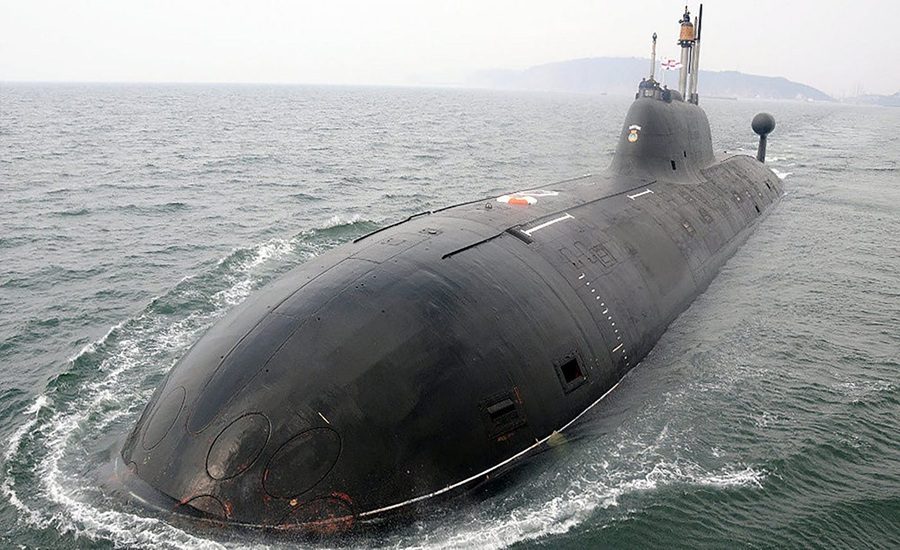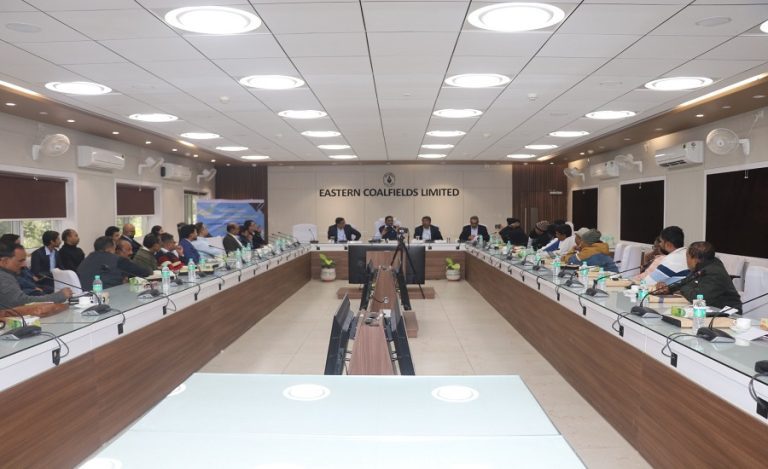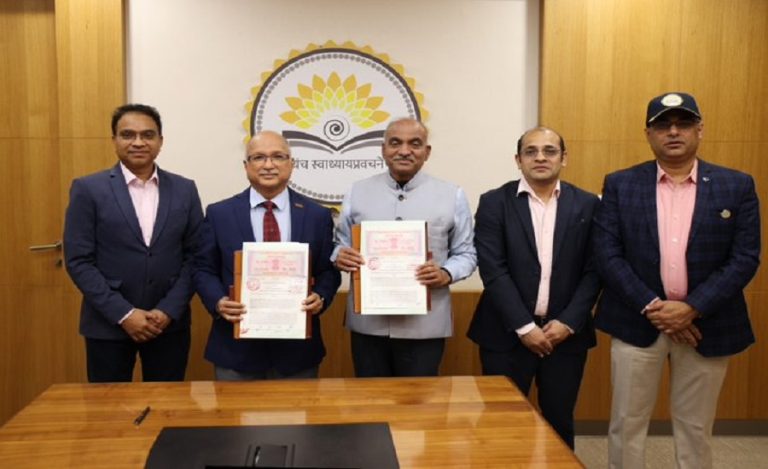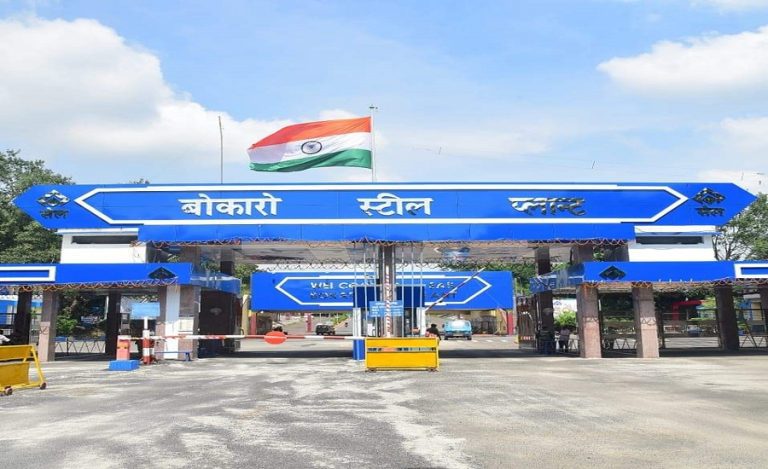New Delhi: India is preparing to launch construction of its next-generation S5-class nuclear-powered ballistic missile submarines (SSBNs) around 2027. The new fleet will mark the most significant expansion of India’s sea-based nuclear deterrent since the Arihant-class first entered service in 2016.
Expanding India’s Nuclear Triad
The S5-class will form the core of India’s future second-strike capability. Unlike earlier platforms, the new submarines are designed for global reach and intercontinental strike missions. This step comes as regional adversaries continue to expand their nuclear arsenals, making survivability at sea vital for India’s deterrence posture.
Larger, Stealthier, and More Capable
At an estimated displacement of 13,500 tonnes and length of over 150 meters, the S5 will be India’s largest SSBN. Advanced nuclear propulsion, enhanced stealth, and long-endurance blue-water patrol capability will allow extended deployments across the Indian Ocean and beyond. These design upgrades make the S5 a significant leap from the 10,000–11,000-tonne S4-class vessels now under construction.
Missile Payload: From Regional to Intercontinental
A defining feature of the S5-class is its 16 missile launch tubes, double the number in S4 units. The submarines will deploy K-5 SLBMs with ranges up to 5,000 km and K-6 missiles exceeding 6,000 km. Both missile types will be MIRV-capable, allowing multiple warheads per missile. This capability ensures flexible targeting, increased strike survivability, and the ability to overcome missile defence systems at intercontinental ranges.
Evolution of India’s SSBN Fleet
- Arihant-class (S2/S3): Initial deterrent, 6,000–7,000 tonnes, armed with short to medium-range SLBMs (K-15/K-4). Limited regional coverage.
- S4-series: Transitional design, 10,000–11,000 tonnes, equipped with eight launch tubes for K-4 and future K-5 integration. Expands reach across most of China.
- S5-class (Future): 13,500 tonnes, 16 launch tubes, MIRV-enabled K-5 and K-6 missiles. Designed for global deterrence with long-duration patrols.
Strategic Roadmap and Timeline
The Ministry of Defence has cleared the project, with construction of the first hull expected to start in 2027. Induction into service is projected for the early 2030s. The S5 fleet will gradually replace older units, ensuring uninterrupted sea-based nuclear deterrence into the mid-21st century.
Strengthening Balance in the Indo-Pacific
The S5 program will give India a credible answer to China’s Jin-class SSBNs and the expanding nuclear forces in the region. By combining extended patrol endurance with MIRV-equipped missiles, India will establish itself as a peer to established nuclear navies. The S5-class will also reinforce India’s position as a responsible nuclear power committed to maintaining credible deterrence and strategic stability.



























